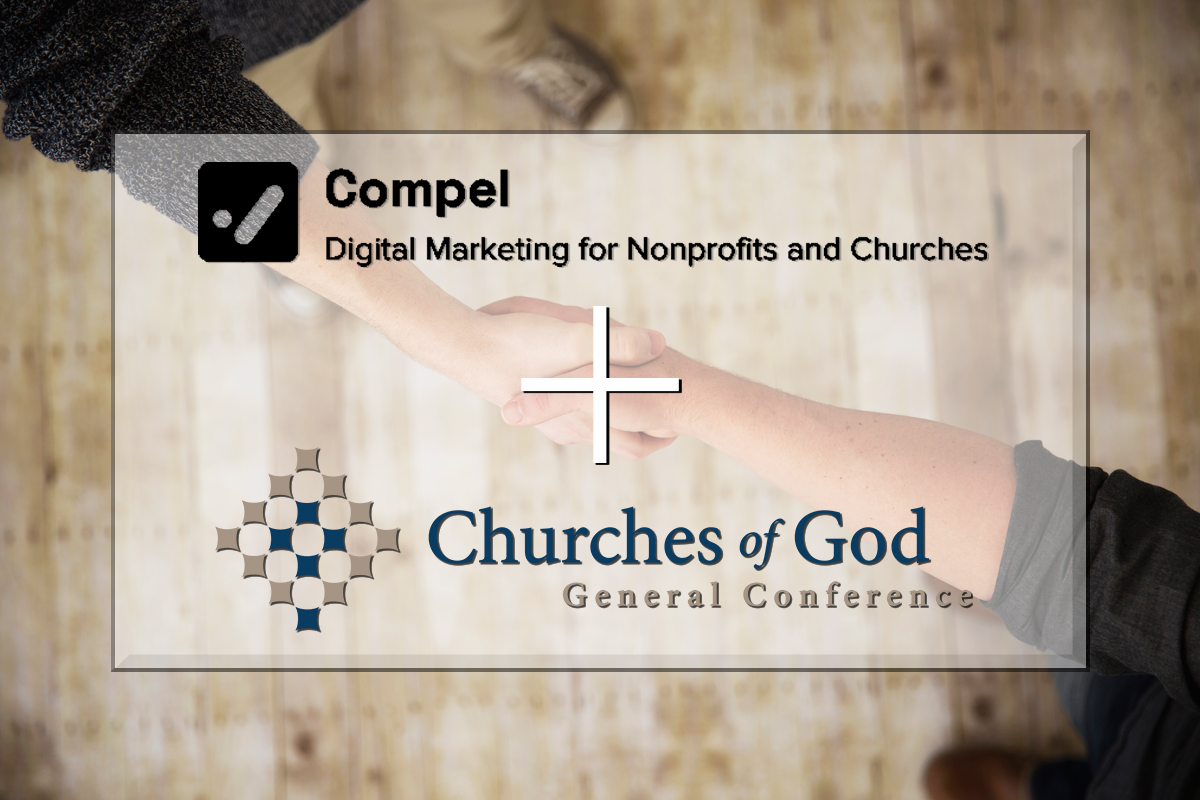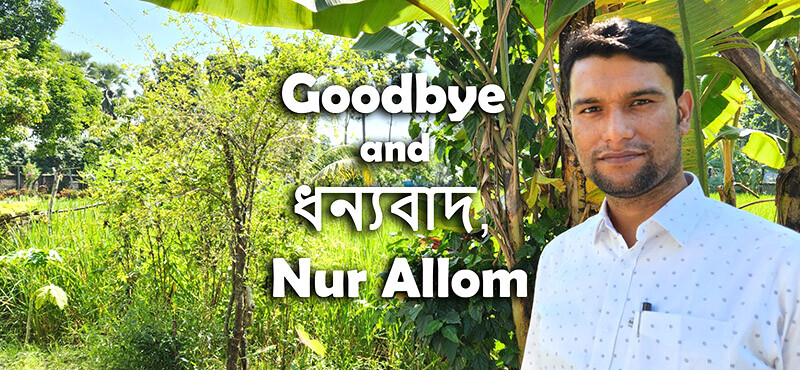
I’ve recently spent some time with other national ministry leaders who focus primarily with church planting or multiplication efforts.
Here are some big picture trends. Lifeway Research has been analyzing trends in American church life for many years. In 2014 their research provided the following estimates: there were 4,000 Protestant churches planted while 3,700 Protestant churches were closed for a net gain across the United States of 300 congregations.
Lifeway followed up this research in 2019 and found the following estimates: there were 3,000 Protestant churches planted while 4,500 churches were closed for a net loss across the country of 1,500 congregations.
The Hartford Institute’s Religious Congregations Membership Study (RCMS) estimated in 2010 that there were about 314,000 Protestant churches in the United States. The U.S. population in 2010 was approximately 309 million people. That meant that there was one Protestant congregation for every 1,000 people in the United States in 2010.
The current population of the United States is around 330 million people and estimates that it will continue to grow to around 400 million people in the year 2050. This means to maintain a ratio of 1 church per 1,000 people, we need to see approximately 86,000 more congregations started over the next 28 years just to keep pace with the population. That’s a little more than 3,000 churches per year over and above the number of churches closing each year. If 4,500 churches closed in 2019, you would actually need 7,500 new churches started to both replace those and keep up with the population growth.
One last observation, 2019 was before the global pandemic. Data isn’t available yet for those years, but most assume that the rate of closures increased during that period and the rate of planting slowed down. This means that the gap continues to grow.
I know that’s a lot of data, but again, this is big picture thinking. If we’re serious about reaching every man, woman and child to whom we are sent, we need to think about the bigger picture of what that will require. The CGGC is a part of the larger body of Christ, His Church, but we have our own role to play in this work of developing new communities of faith to reach people with the Hope only found in Jesus.
Here’s the catch. Is your church thinking about planting a church? Are you praying, planning, or dedicating resources for a new work in the next year or two? Most of our congregations aren’t thinking about planting a church anytime soon. There are lots of reasons for that, but with such an enormous need in our culture, we need more congregations who are willing to ask this question: “What would it look like for our church to start a new work sometime in the next year or two?”
Is that a scary thought? What would it take for your congregation to entertain the idea of helping to give birth to a new church to reach people who need to find Christ?
I’m praying for the day when we see increasing numbers of CGGC congregations begin to seriously engage the opportunity to reproduce by giving birth to a new church. That may mean sending out a number of families to help launch a new work. It may mean providing funding and prayer support for a missionary couple sent to the neighboring town or community to start a new work. It may look like a congregation that begins to share their facility with a Spanish-speaking church planter who will start a church for the Latino population in their community. It may look like sending your current pastor and blessing him or her to start a new work.
The numbers don’t lie. We’re going to need more churches to have an ability to reach the increasing numbers of folks in our own culture. We’ll need greater diversity of congregations to reach those from other cultures or ethnicities.
I’d love to hear from you if your local congregation is already having this discussion or is open to starting the conversation.
Christ’s Peace,
Lance
CGGC eNews—Vol. 16, No. 46





Login To Leave Comment